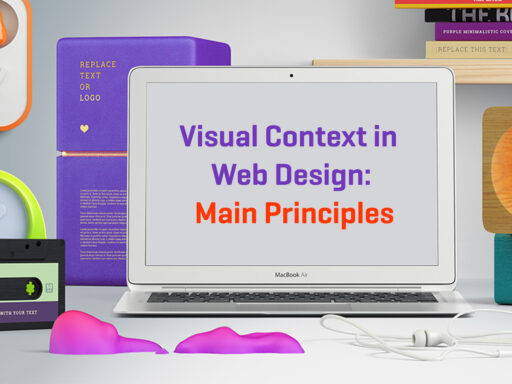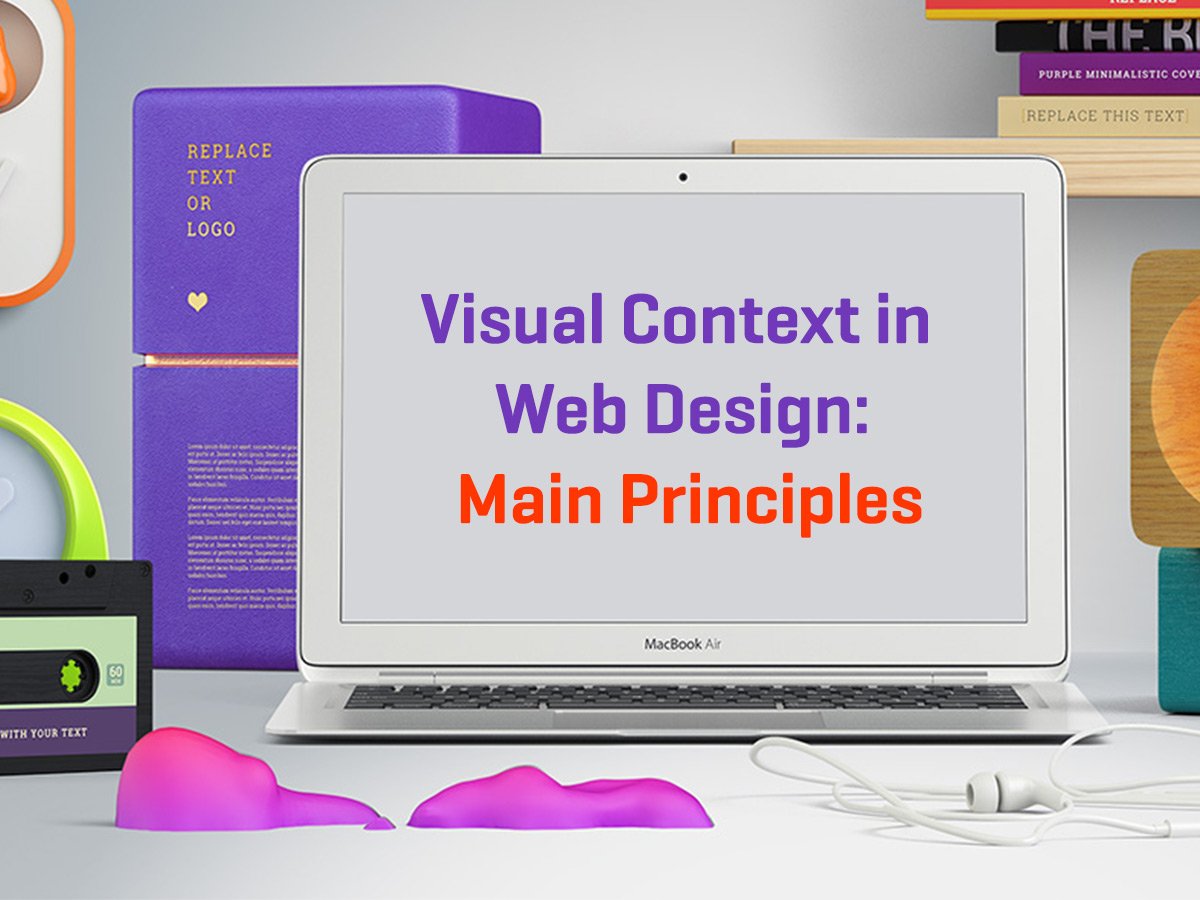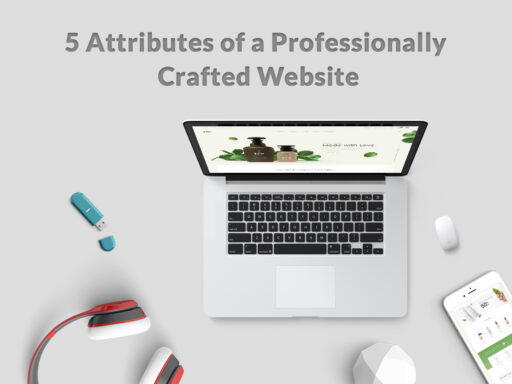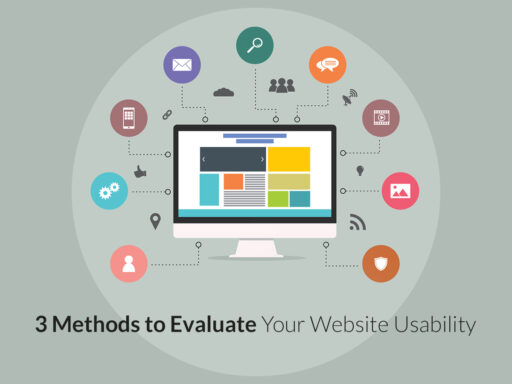Visual appeal is always a very convincing factor that influences on how the visitor perceives your website once they enter it. Visual context helps to impress visitors and deliver the right message quicker than a textual one. So a visual context means that just a few seconds are required for a viewer to understand what your site is about and what its purpose is.
Visual context improves the delivery of written words because it helps to understand the message that the author conveys and helps to understand the background of the website and the story of the company or a person that a website belongs to.
What is The Essence of Visual Context?

Visual context supposes the use of imagery, color, space, and other attributes that will reflect the purpose of the website. For instance, if you enter a website devoted to spa and beauty, it is obvious to see the hot stones, candles, towels, flowers, bottles with cosmetics, and other photos in the slider or in the header of the homepage. Some other icons and symbols on the web page should also reflect its main subject to make a visitor understand it within a few seconds.
So, before a visitor sees a banner text, a website’s title, an About Company page or a Services list, they can make a conclusion on how much they are interested in these services and then start to learn the website’s content in detail.
How to Create a Visual Context?
When you create a visual context, it’s important to learn the interests of your audience and its main peculiarities. That means you should know the age, nationality, gender, and some other characteristics to understand the needs of your community and your main users. Depending on the collected data, you can consult with experts to select the color scheme, design, typography, and of course choose the imagery for your visual context.
Don’t underestimate the importance of user personalities in relation to design. It’s essential to evaluate the understanding of people you want to reach to create the right message for them.
The Components of Visual Context

So let’s speak on the components that a visual context should include when you start to create it. We have distinguished the following ones:
1. photos related to the website’s purpose (the nature of business or the individual author’s personality);
2. infographics;
3. storytelling through graphics elements;
4. appealing icons;
5. slogans, words and phrases;
and more.
Conclusion: The Significance of Visual Context
Visual context is important for making initial impression when your target visitors enter your website. If you run a business website, your branding will play the role of recognizable visual context. Icons, imagery, design, and other visually appealing elements create a first impression in a short period of time, just a few seconds are enough.
Visual context helps to tell a story of your business or your personality depending on the purpose of your website. Visual perception is a part of sensual appeal so it is more effective than a textual context when it comes to a website. Better user understanding brings quicker positive results, so you get more visitors, interested users and in the end – the loyal customers.






